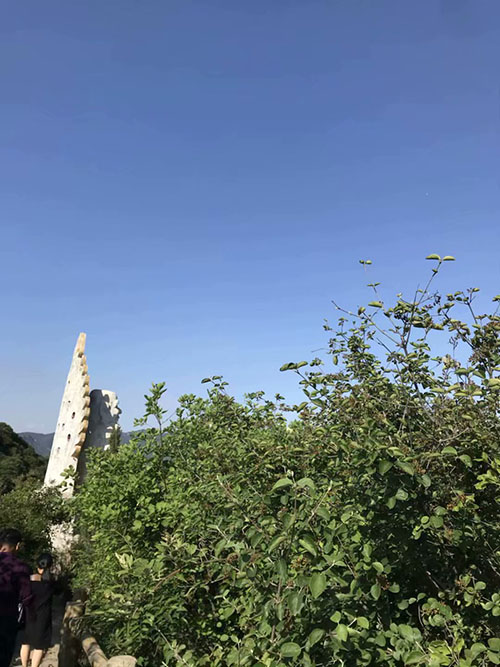Publish Date:2020-08-24

The first block-printed edition of the Tipitaka in Chinese appeared in 971 AD or the 4th year of the Kaibao Era of the Song Dynasty. In the following 1000 years, through the dynasties of Song, Liao, Jin, Yuan, Ming and Qing, more than 20 block-printed editions were published. In 1936, a block-printed edition of the Tipitaka from Jin Dynasty (12th century) was discovered at Guangsheng Temple in Zhaocheng County, Shanxi Province, so it was named the Zhaocheng Tipitaka. When the Japanese imperialists invaded China, they attempted to rob China of this treature, but thanks to the English Rout Army troops, at the cost of the lives of eight soldiers, it was saved and is now kept in the National Library. In the Kaiyuan and Wolong Temples in Xi’an, there is a block-printed Qisha edition from the Song Dynasty (12th century), of which a photograph has been published recently. In addition, there are the Southern edition (block-printed in Nanjing in 1372) and the Northern edition (block-printed in Beijing from 1410) as well as the thread-bound edition of Tipitaka (commonly known as the Jiaxing edition) block-printed in the Wanli Era, all of which were commissioned by the government of the Ming Dynasty. Printing blocks of the Tipitaka made during the Yongzheng and Qianlong Eras of the Qing Dynasty (1735-1738) (commonly known as Dragon Collection) are still in Existence.
Hot News